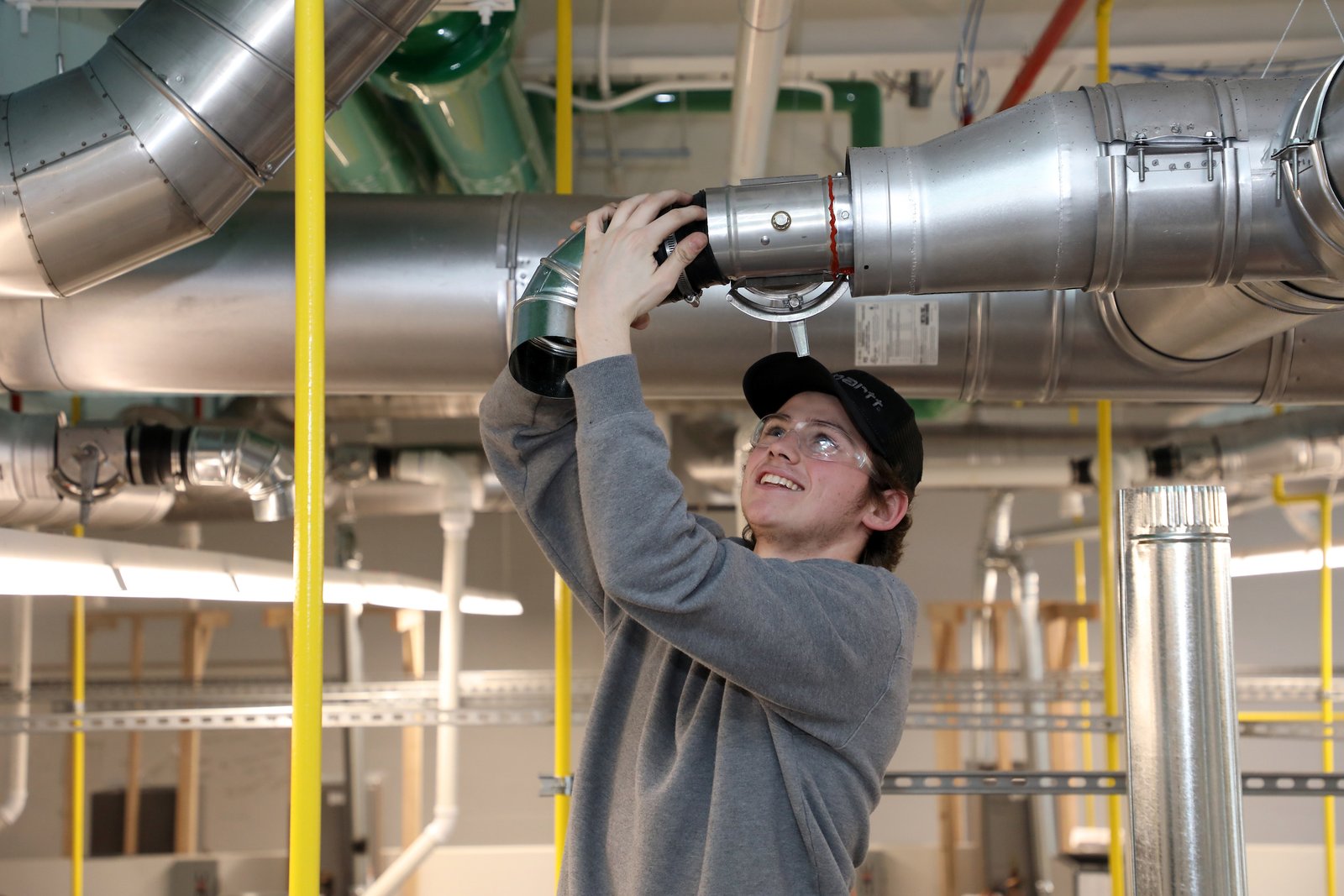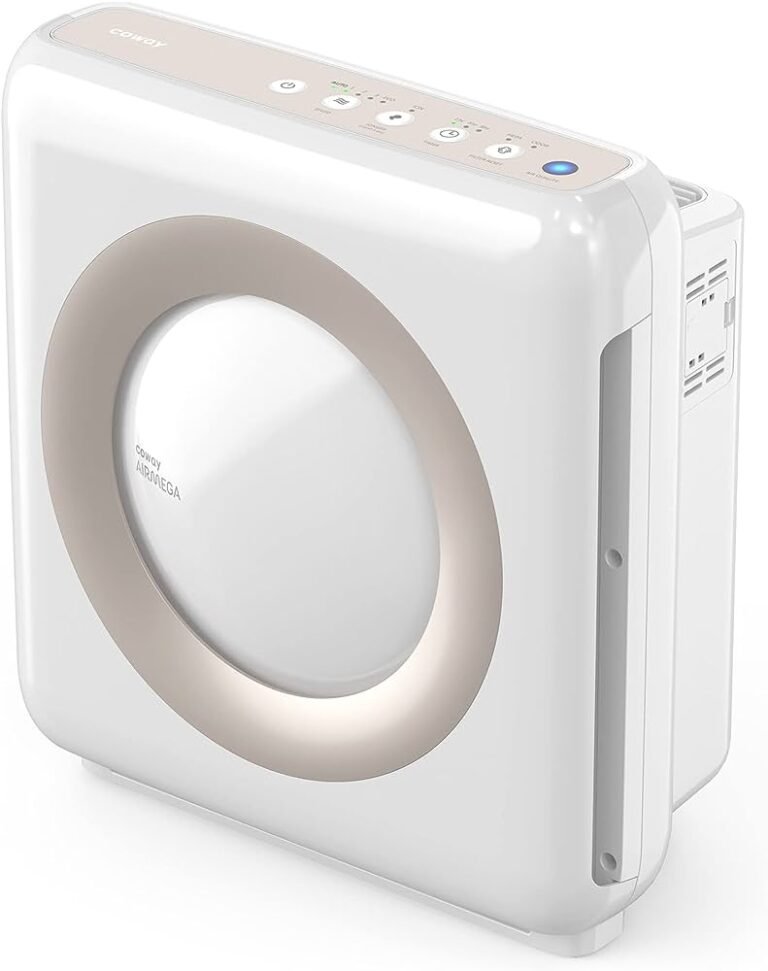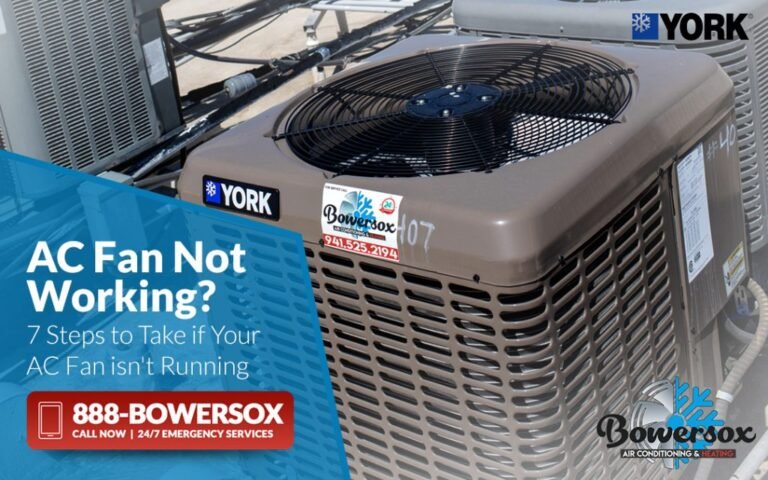What Does HVAC Stand For? Discover the Basics of Heating, Ventilation, and Air Conditioning
HVAC stands for heating, ventilation, and air conditioning. HVAC is the use of various technologies to control the temperature, humidity, and purity of the air in an enclosed space, with the goal of providing thermal comfort and acceptable indoor air quality.
It encompasses systems like furnaces, air conditioners, heat pumps, as well as ductwork, thermostats, and other home comfort controls in residential settings, and also includes large-scale refrigeration in commercial buildings. Understanding HVAC is essential for maintaining a comfortable and healthy indoor environment.
This article will delve into the basics of HVAC systems, explaining how they work and the different types of units available.
Introduction To Hvac
| What Does HVAC Stand For | |||
|
Basics Of Hvac Components
Heating, ventilation, and air conditioning (HVAC) is the use of various technologies to control the temperature, humidity, and purity of the air in an enclosed space. Its goal is to provide thermal comfort and acceptable indoor air quality. HVAC systems are essential in various settings, including houses, construction projects, and cars.
The components of an HVAC system can be categorized into heating systems, ventilation systems, and air conditioning systems. Heating systems are responsible for creating warmth in the space, while ventilation systems ensure the circulation of fresh air. Air conditioning systems, on the other hand, cool and dehumidify the air in order to provide a comfortable environment.
Understanding HVAC basics is crucial for homeowners and professionals in construction and related fields. There are different types of HVAC units available, such as split systems, hybrid systems, duct-free systems, and packaged heating and air systems. Each type has its own pros and cons, and it’s important to consider these factors when choosing the right system for your needs.
How Does An Hvac System Work?
Heating, ventilation, and air conditioning (HVAC) is the use of various technologies to control the temperature, humidity, and purity of the air in an enclosed space. With the goal of providing thermal comfort and acceptable indoor air quality, an HVAC system works by combining different processes.
In terms of functionality, the heating process in an HVAC system involves the use of a heat source, such as a furnace or heat pump, to warm the air. The cooling process then utilizes an air conditioner or refrigeration system to cool and dehumidify the air. Lastly, air circulation is facilitated by fans and ductwork, which help distribute the conditioned air throughout the space.
Overall, HVAC systems play a crucial role in maintaining a comfortable and healthy indoor environment. Understanding how they work is essential for proper operation and efficient energy usage.

Credit: www.nytimes.com
Difference Between Ac And Hvac
| Definition of AC: AC stands for air conditioning, which is the process of cooling and dehumidifying the air in a room or building. |
| Definition of HVAC: HVAC stands for heating, ventilation, and air conditioning. It combines the AC with other systems to provide a more comprehensive climate control solution. |
| Difference between AC and HVAC: AC focuses solely on cooling and dehumidifying, while HVAC includes heating, ventilation, and air conditioning systems, providing a more holistic approach to climate control. |
Advantages of AC:
|
Disadvantages of AC:
|
Advantages of HVAC:
|
Disadvantages of HVAC:
|
Types Of Hvac Units
|
Split systems: Split systems are the most common type of HVAC units used in residential homes. They consist of an outdoor unit that contains the compressor and condenser, and an indoor unit that contains the evaporator coil and blower. These units are typically connected by refrigerant lines and deliver conditioned air through ductwork. |
|
Hybrid systems: Hybrid systems combine the use of a heat pump and a furnace. They are designed to provide efficient heating and cooling throughout the year. In colder months, the system uses the furnace for heating, while in warmer months, it switches to the heat pump for cooling. |
|
Duct-free systems: Duct-free systems, also known as mini-split systems, do not require ductwork to deliver conditioned air. They consist of an outdoor unit and one or more indoor units. Each indoor unit can be controlled independently, making them a great option for heating or cooling specific zones in a home. |
|
Packaged heating and air systems: Packaged heating and air systems are self-contained units that house all the components of an HVAC system in a single unit. They are typically used in commercial buildings or homes without a basement or attic. These units can be installed on the roof or on the ground. |
Each type of HVAC unit has its own advantages and considerations to keep in mind. Understanding the different types can help you choose the best HVAC unit for your specific needs and preferences. Whether you opt for a split system, hybrid system, duct-free system, or packaged heating and air system, it’s important to consult with a professional HVAC technician to ensure proper installation and maintenance.
Frequently Asked Questions Of What Does Hvac Stand For
What Is Difference Between Ac And Hvac?
AC stands for air conditioning, which cools and dehumidifies the air in a room or building. HVAC stands for heating, ventilation, and air conditioning, which includes AC and other systems for comprehensive climate control.
What Are The Four 4 Main Types Of Hvac Systems?
The four main types of HVAC systems are split systems, hybrid systems, duct-free systems, and packaged heating and air systems. These systems provide different options for heating, cooling, and ventilation in homes and buildings.
What Is The Hvac System In A House?
HVAC stands for heating, ventilation, and air conditioning. It’s the system responsible for controlling the temperature, humidity, and air quality in a house. This includes products like furnaces, air conditioners, heat pumps, as well as ductwork and thermostats. Its goal is to provide comfort and maintain acceptable indoor air quality.
Does Hvac Include Refrigeration?
Yes, HVAC includes refrigeration. HVAC stands for heating, ventilation, and air conditioning, which encompasses various technologies to control air temperature, humidity, and purity in enclosed spaces. It also includes refrigeration systems, especially in commercial buildings.
What Does Hvac Stand For?
Heating, ventilation, and air conditioning – it refers to the systems used to control the temperature, humidity, and purity of the air in a space.
How Does An Hvac System Work?
An HVAC system works by using various technologies to heat, cool, ventilate, and circulate air throughout a space, providing comfort and indoor air quality.
What Is The Difference Between Ac And Hvac?
AC stands for air conditioning, which only refers to cooling and dehumidifying the air. HVAC, on the other hand, includes heating, ventilation, and air conditioning, providing a comprehensive climate control solution.
What Are The Different Types Of Hvac Units?
There are various types of HVAC units, including split systems, hybrid systems, duct-free systems, and packaged heating and air systems. Each has its own pros and cons, depending on your needs and preferences.
Conclusion
HVAC stands for heating, ventilation, and air conditioning. It is a system that utilizes various technologies to control the temperature, humidity, and air quality in an enclosed space. This system aims to provide thermal comfort and acceptable indoor air quality.
HVAC combines air conditioning with other systems to offer a more comprehensive climate control solution, unlike AC, which solely focuses on cooling and dehumidifying the air. Understanding the basics of HVAC can help homeowners make informed decisions about their home comfort.






